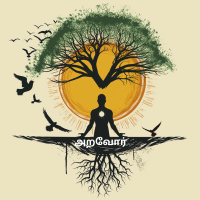Understanding non-verbal cues enhances communication by deciphering emotions and intentions beyond words. In any era, this skill fosters empathy and effective interaction. For instance, in a business meeting, noticing crossed arms might signal discomfort or disagreement, prompting a shift in approach. Similarly, detecting a smile during a conversation can indicate agreement or amusement, facilitating smoother dialogue. Mastering non-verbal communication enables deeper connections and more nuanced understanding, proving essential across diverse contexts and time periods.
Reading people’s non-verbal communication is a valuable skill for any era. #701
Practice active observation by noticing body language cues like posture, facial expressions, and gestures in conversations with friends, family, and teachers. Pay attention to inconsistencies between verbal and non-verbal messages to better understand others’ feelings and intentions. For instance, if a friend says they’re fine but their body language suggests otherwise, gently inquire to offer support. Additionally, reflect on your own non-verbal cues to ensure alignment with your words. Over time, this awareness will enhance communication, deepen relationships, and empower you to navigate social interactions with confidence and empathy.
